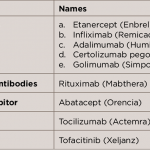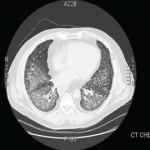In the past 15 years, rheumatoid arthritis (RA) has posed an economic burden on patients in Saudi Arabia due to the high cost of the medications used to treat the condition. As a rheumatology consultant, I’ve observed the economic impact on patients in one clinic in a private hospital in Riyadh. RA is a chronic,…





